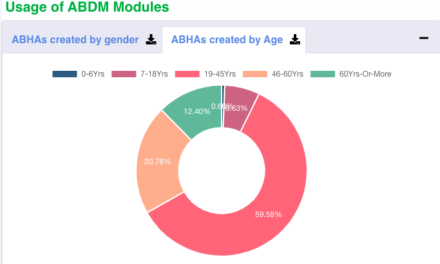Corvallis, OR — Planned home births are just as safe as planned births at accredited birth centers for low-risk pregnancies, according to a groundbreaking national study led by Oregon State University (OSU) researchers. The findings, published in Medical Care, challenge long-standing concerns about the safety of home births and highlight their viability as an alternative for expectant mothers.
The study examined more than 110,000 planned community births—defined as those occurring at home or in birth centers—documented in national registries between 2012 and 2019. Results showed no difference in health outcomes for mothers or babies between the two settings.
“Historically, physicians in the U.S. have objected to planned home births but not to planned birth center births, despite both requiring hospital transfers in cases of major complications,” said Marit Bovbjerg, an associate professor in OSU’s College of Health. “This is the first study to provide evidence that these two birth settings are equally safe for low-risk pregnancies.”
A low-risk pregnancy involves a single baby carried to full term (37 weeks or more), positioned head-down, with no major complications such as diabetes or pre-eclampsia. According to Bovbjerg, at least 70% of pregnancies fall into this category.
Reframing Birth Safety
The study counters longstanding guidance from organizations like the American College of Obstetricians and Gynecologists (ACOG), which maintains that hospitals and birth centers are the safest options for childbirth. However, the researchers note that global evidence—including a 2020 report from the U.S. National Academies of Science, Engineering, and Medicine—supports the safety of planned community births for low-risk pregnancies.
“Within the U.S., we already knew birth centers were comparable to hospitals for low-risk births,” said Bovbjerg. “Our findings suggest both home and birth center settings are reasonable choices.”
Rising Popularity of Home Births
Planned home births have grown in popularity over the last two decades, now accounting for roughly 2% of U.S. births. Despite similarities in available care and interventions, differences in regulatory guidelines and integration with the broader health care system remain.
One notable finding was the lower rate of hospital transfers from planned home births compared to birth center births. Melissa Cheyney, a professor at OSU and licensed midwife, linked this to potential fear among families of negative hospital experiences, including mistreatment or judgment.
“This is especially true for Black and Indigenous birthing individuals, who have reported hostile treatment during hospital transfers,” Cheyney said. “Improving the transfer experience is critical to ensuring safety when complications arise.”
Collaborative Effort
The study was a collaboration between OSU, the American Association of Birth Centers, and researchers from institutions including Georgia State University, Frontier Nursing University, and the University of British Columbia.
The findings provide a foundation for informed decision-making among expectant parents and call for improved support for all birth settings. “Birth is deeply personal,” said Cheyney. “Our goal is to empower birthing people to make the choice that best suits their needs, without fear of judgment or compromised safety.”
The full study is available in Medical Care.












